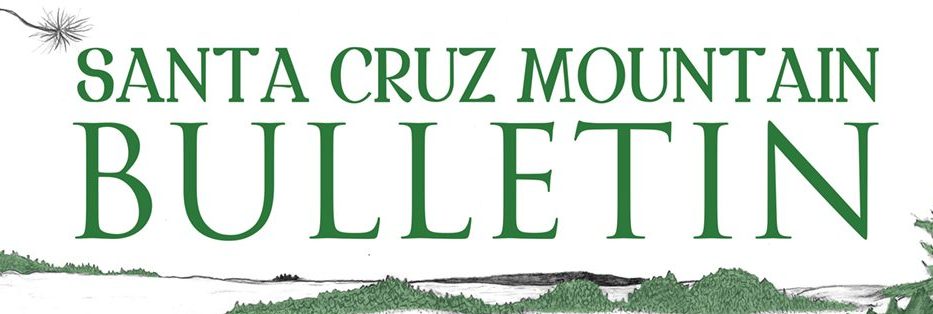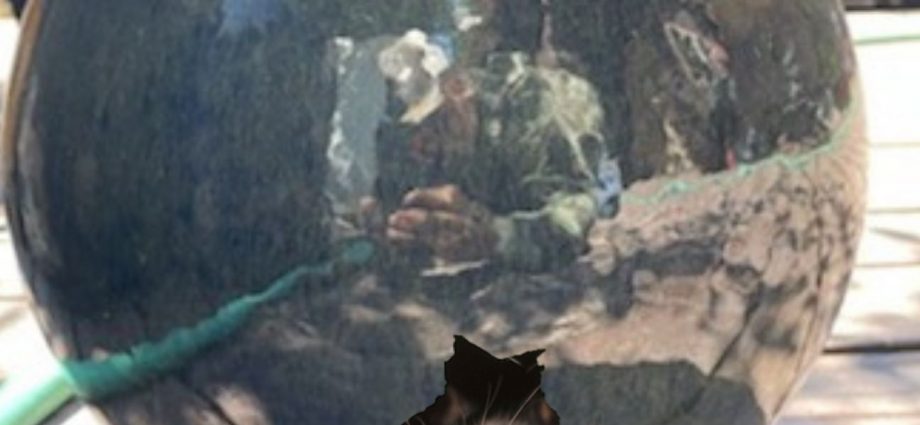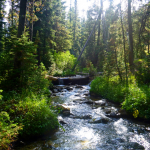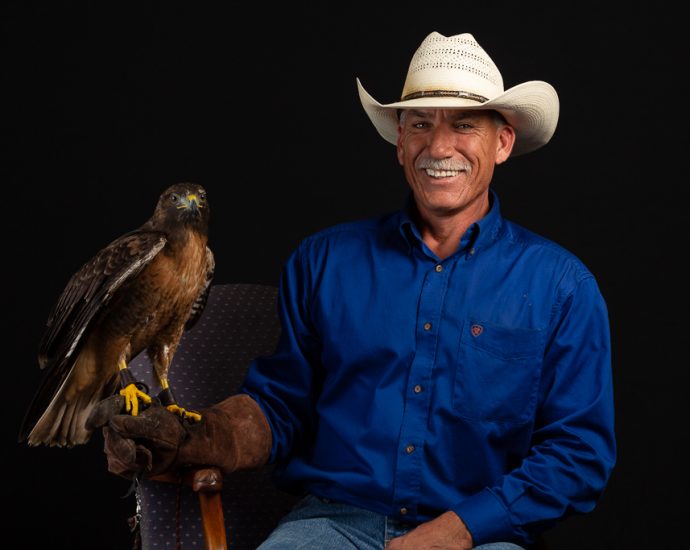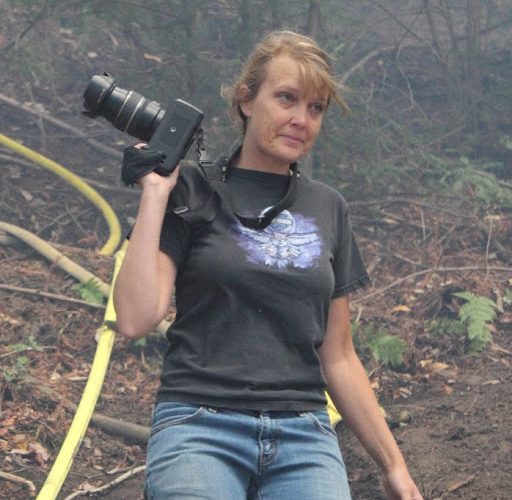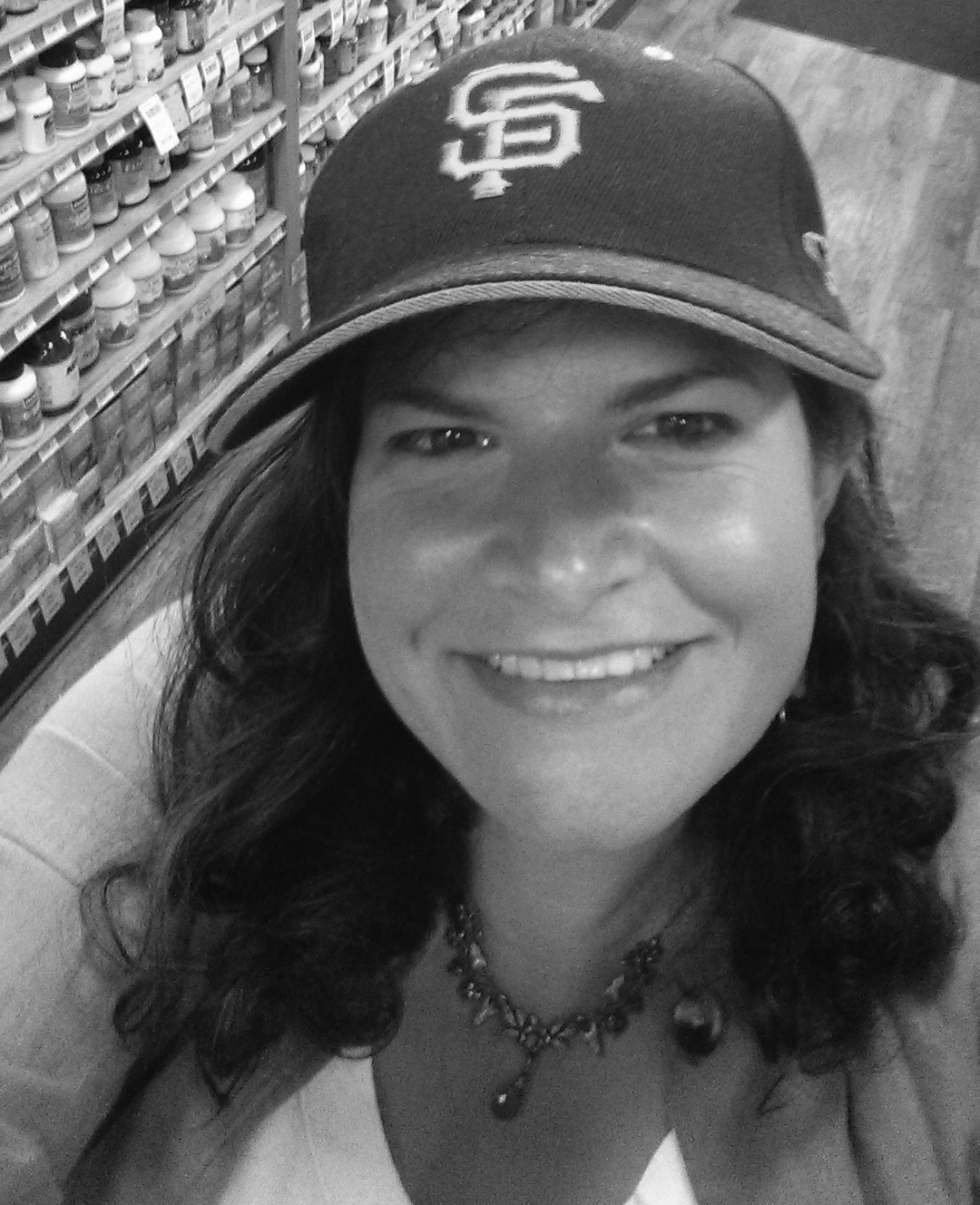By Kevin Foster
We at Native Animal rescue get thousands of calls each year with unintended wildlife being caught in rat traps. As a long-time wild animal rescuer, it always tugs at the heart to remove larger wildlife caught in traps… thinking of how it would feel for one of us to have a trap stuck on our foot or hand for a day or two. Our larger wildlife such as bobcats, skunks, possums and raccoons are beneficial to the environment, so by doing our best to protect them we help the planet and Mother Nature. So, we’ve come up with a few ideas we would like to share to help avoid catching skunks, possums, and squirrels In the plastic snap traps.
I have cut a small mouse hole opening in a plastic storage bin to place over my trap and pin it down to the ground with tent spikes in order to prevent larger animals from pushing the container to get to the bait on the trap. Another useful idea is cutting a mouse hole notch in the side of a cardboard box as shown in the picture. Start with a smaller hole because as we all know rats will chew and make the hole big enough for them to enter to get to the food/bait on the trap. You can make multiple entry points. With the plastic storage container upside down with a hole cut in it you can stack everything on top to prevent other wildlife from being able to push the container out of the way to get to the trap.
For those that want something more pleasing to the eye in your gardens, you can purchase nice heavy decorative pots for plants to create a trap. FIrst you will need to buy the proper drill bit for pottery (most hardware stores can educate you on the proper drill bit for whichever type of planter pot you choose). Next, drill the entry hole in the side, then turn the pot upside down and place a slightly smaller diameter planter pot on top with a nice plant to keep your gardens and landscaping looking aesthetically pleasing. Another great option for the trap to look just like a potted plant is to place two rocks in the bottom of a larger planter, drill the hole and place a slightly smaller diameter planter pot inside that’s in a separate planter pot. This inner pot with plant can be lifted out to water and access the trap below to reset or check the trap or remove mice and rats that have been caught. These are just a few ideas of ways to avoid catching larger wildlife than you intended to. Sometimes thinking outside the box, no pun intended, can be of help to others. Taking time to set things up properly from the get go, will always yield the optimum outcome.
